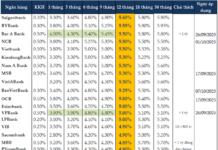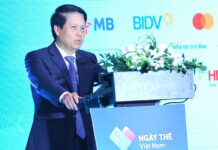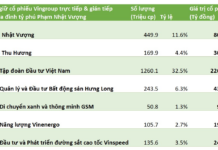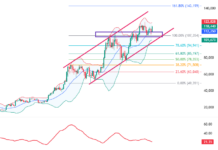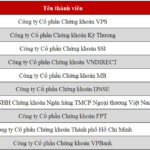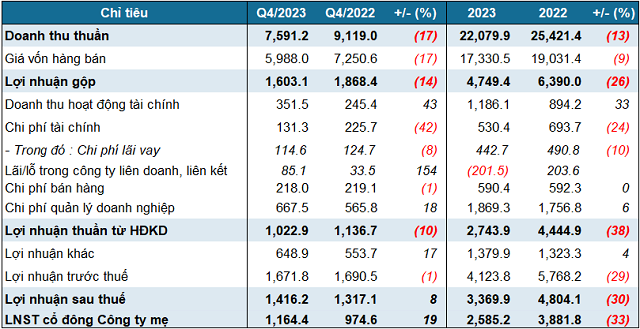
Saigon Tam Tri General Hospital
In June 2025, a major M&A deal took place in the healthcare industry at Saigon Tam Tri Medical
Joint Stock Company.
Dale Investment Holdings Pte. Ltd., a Singapore-based entity believed to be affiliated with the
healthcare-focused investment fund Quadria Capital, completed the acquisition of 73.15% of Tam Tri
Medical’s charter capital (nearly 80.6 million shares, equivalent to VND 806 billion par value) from
Vietnam Opportunity Fund (VOF) managed by VinaCapital.
This event marks a new phase of development for Tam Tri Medical and continues the trend of large
private healthcare corporations in Vietnam with foreign investment involvement.
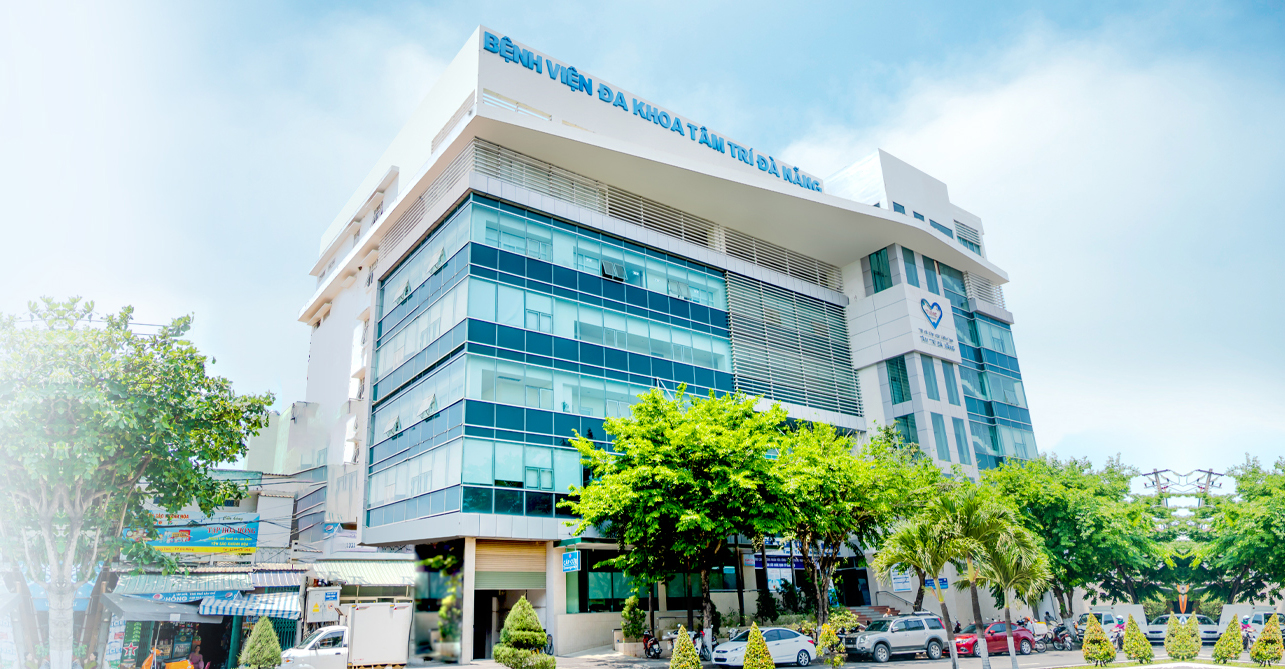
Danang Tam Tri General Hospital
Founder Nguyen Huu Tung and His Two Entrepreneurial Journeys
The story of Tam Tri Medical is closely associated with the imprint of Dr. Nguyen Huu Tung, one of the
pioneers in Vietnam’s private healthcare sector.
He was once honored by The Japan Times as one of the 100 best Asian CEOs in 2012 and introduced as an
entrepreneur who had to overcome numerous challenges to save himself from enormous debt through an M&A deal
with Fortis Healthcare.
In 1997, when private healthcare was still a novel concept, Dr. Tung, then 47 years old, established Hoan
My Hospital from a polyclinic with a vision to provide high-quality and affordable healthcare services.
Under his leadership, Hoan My quickly expanded and became the leading private healthcare system in
Vietnam.
As the business prospered, many financial and banking managers offered loans for further development.
According to Dr. Tung, at this point, he only knew how to grow the hospital with the simple thought that
“with patients, there would be money to repay debts”; hence, he was unaware of the concept of cash flow or
cash flow management.
By 2007-2008, he faced a significant debt challenge, with bankruptcy looming.
Dr. Tung agreed to the involvement of investment funds to address the capital issue, with VinaCapital as
the initial participant.
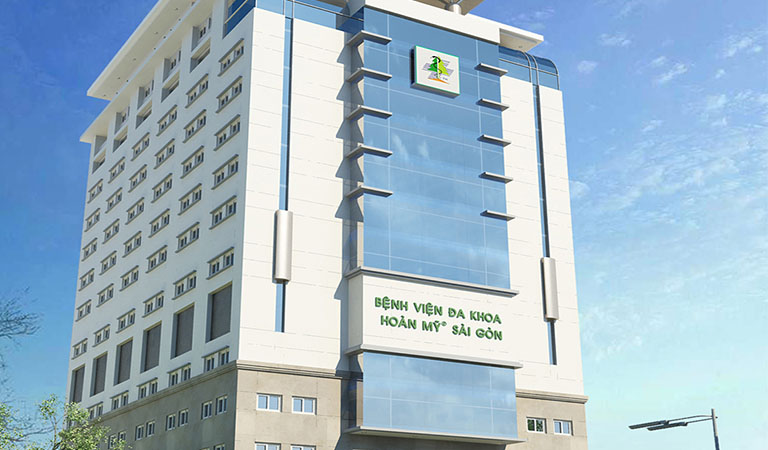
However, the pressure from the investors’ stringent profit and IPO demands led him to sell 65% of the
shares to Fortis Healthcare (India) for USD 64 million in 2011. A year later, the system was acquired by
Singaporean billionaire Richard Chandler from Fortis.
Dr. Tung departed from his brainchild with the message, “The lack of knowledge and conditions to create
autonomy in negotiations was a significant mistake. I failed because of romantic business ideals. Vietnamese
executives need to be more calculative, and when negotiating M&A, they must know who they are, where they
stand, and what they do to maintain autonomy in such discussions.”
After leaving Hoan My, Dr. Tung embarked on his second entrepreneurial journey and established Tam Tri
Medical in 2013.
In 2018, VinaCapital led a group of investors in injecting USD 25 million, becoming partners with Dr. Tung
for the second time.
During VinaCapital’s partnership, Tam Tri Medical significantly expanded by merging with three additional
hospitals and initiating a new project.
VinaCapital’s sale of Tam Tri shares to Dale Investment Holdings once again illustrates the similar “life
journeys” of the two hospital systems: starting from the passion of their founders, developing with the
support of investment capital (also from VinaCapital), and ultimately being largely acquired by foreign
investors.

Dr. Nguyen Huu Tung
The Appeal of Vietnam’s Private Healthcare Market
The M&A deal of Tam Tri Hospital is part of a strong investment trend in Vietnam’s private healthcare
sector, driven by multiple factors.
First, economic growth and the expanding middle class. Vietnam’s per capita income is expected to reach
nearly USD 7,500 by 2030, leading to a surge in demand for high-quality healthcare services.
Second, the overload in the public healthcare system. Public hospitals are often overcrowded, creating a
significant market gap for private healthcare facilities.
Third, demographic structure and aging trends. Vietnam is one of the fastest-aging countries globally,
increasing the demand for medical treatment.
Fourth, the government’s encouraging policies aim to increase the proportion of private hospital beds to at
least 15% by 2030.
According to Fitch Solutions, Vietnam’s total healthcare spending could reach USD 33.8 billion by 2030.
This attraction is evident through a wave of M&A and large-scale investments in the past five years.
In 2020, the GIC fund (Singapore) invested over USD 203 million in the Vinmec system. The peak was in 2023
when Thomson Medical Group (Singapore) spent USD 381.4 million to acquire FV Hospital. Most recently, at the
beginning of 2025, Raffles Medical Group also purchased the American International Hospital (AIH).
One of the main drivers of these investments is the potential of the domestic market. Statistics show
that Vietnamese citizens spend approximately USD 2 billion annually on medical treatment abroad. This
figure indicates a substantial demand for international standard healthcare services that the domestic
system has yet to fulfill entirely.
Quadria Capital is a prime example. It is one of the largest private equity funds in Asia focusing on the
healthcare sector, managing assets worth billions of dollars. In Vietnam, Quadria Capital is known for its
successful investment in FV Hospital before divesting and another notable investment in the Con Cung
chain, a retailer of mother and baby products, worth over USD 90 million.






